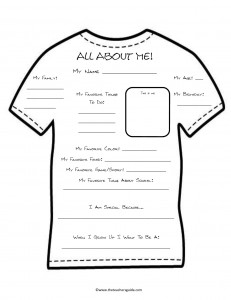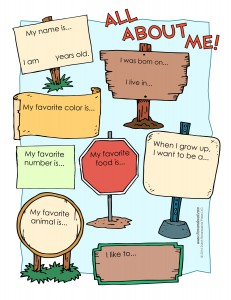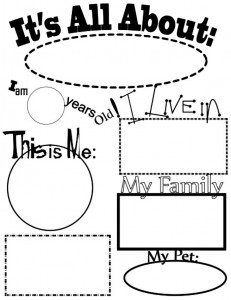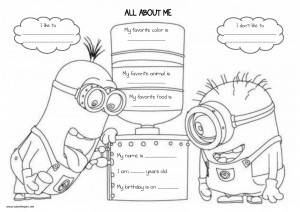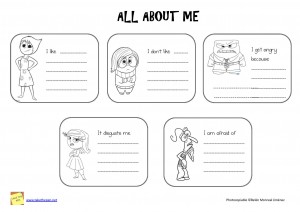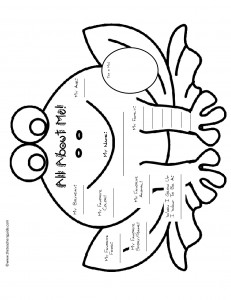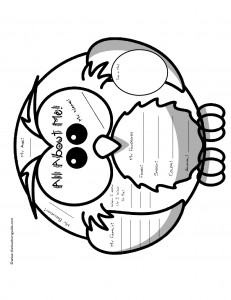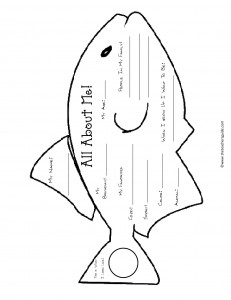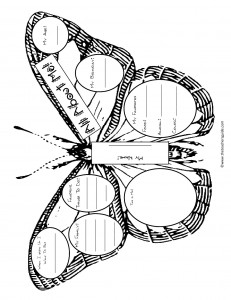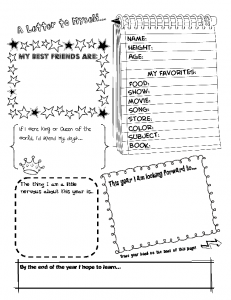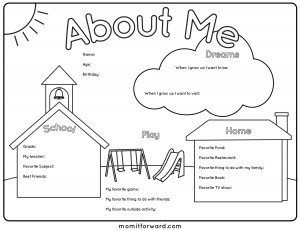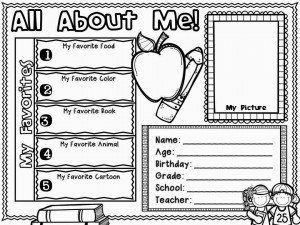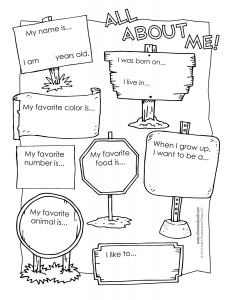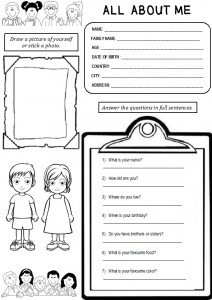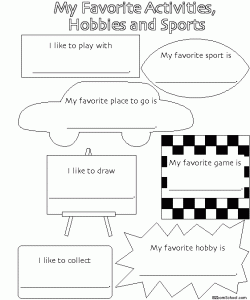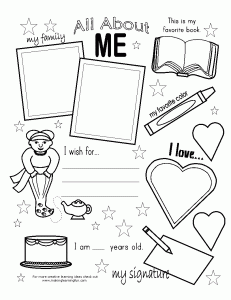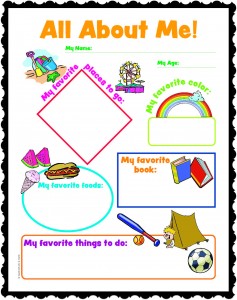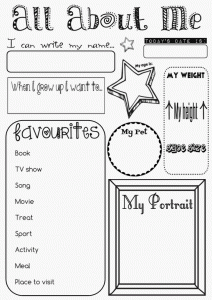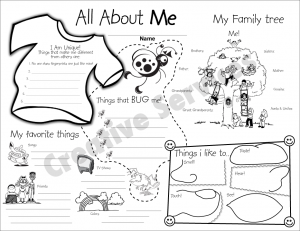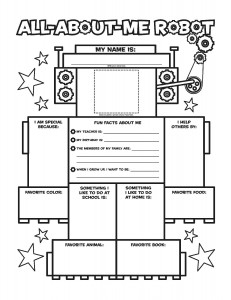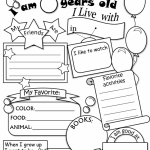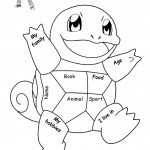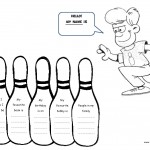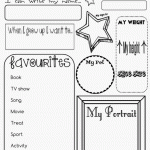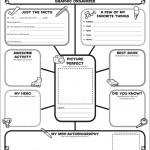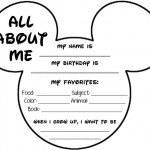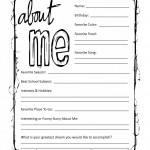¡Empieza el curso! ¡Vamos a conocernos un poquito mejor!
Tag Archives: speaking
All about me worksheets
Filed under Sin categoría
What are you doing?
ways to improve the performance management process
The performance review, as most people know it, is a dinosaur that doesn’t serve people, managers, or the organization particularly well. Most of us can recall a time when we received a glowing employee evaluation but no boost in compensation or a lukewarm performance appraisal that resulted in a promotion.
In addition, the performance management process is often time-consuming, with managers rummaging through old e-mails to inform the evaluation. And if you’ve ever worked at a startup, a young, eager CEO might have instituted extensive 360-degree employee reviews, which required everyone to spend days developing in-depth evaluations of people up, down, and across the organization. Meanwhile, some startups use no employee evaluations or performance assessments at all.
Regardless of the approach, the COVID-19 pandemic left people and managers without direct interaction for months, making it hard to imagine any kind of effective system for performance reviews in the current business landscape. That’s why it’s time to put conventional thinking in the rearview mirror. Learn more about voice of employee programs, and what benefits can them provide.
What is the performance management process?
The performance management process consists of a series of stages where managers and employees manage goals, monitor performance, and assess outcomes. Traditional performance management systems follow a typical cadence of quarterly, bi-annually, or annual reviews. A continuous performance management model is about using performance technology to set and track goals in an open and efficient way in real time and to support ongoing coaching, feedback, and alignment as priorities shift over time.
The process is ongoing. Once complete, existing and new employee goals are identified and the cycle begins again.

Diagram of the stages in a continuous performance management process.
Rethinking the performance management process: Start with goals
Performance assessments can be of great value to everyone since a robust and integrated system can increase employee engagement and therefore improve business processes and outcomes. It’s just a matter of rethinking performance management not as an atrophied muscle to flex once every six months, but one that can be exercised all the time and, ultimately, make everyone in the organization stronger. That starts not with rethinking performance reviews, but with the entire concept of performance goals.
Goals should cascade down from the top and be visible to everyone. In other words, a manager might have a set of goals and each direct report will have a set of objectives that ladder into each of the manager’s goals. In a system of continuous performance management, when a person completes a goal it’s simply checked off in the system, so colleagues and the manager know that that piece of the goal puzzle is complete. Cascading goals can be updated or adjusted depending on a change in strategy or response to disruption. And, best of all, come review time there’s quick and full visibility in terms of who accomplished what and when. In other words, improving performance management shouldn’t be so much about reinventing the process of reviewing, but the process of setting and accomplishing goals.

Help ensure employee and team goals are aligned with overall company objectives to maximize organizational success.
Typical steps in the performance management process
- Goal setting: It’s about more than hitting milestones. Goals empower people to collaboratively set individual and team objectives in the context of the evolving business.
- Feedback and coaching: Hitting targets is one thing, but it’s also how we achieve goals that’s key. That’s why business leaders should implement practices people can use to seek feedback on how they performed and what they can do better.
- Performance evaluation: Managers and their teams must be equipped to assess employees’ performance fairly, as well as how they contributed toward business priorities. This then informs the next set of goals.
10 tips to improve the performance management process
Of course, evolving performance-review thinking isn’t accomplished overnight. Here are 10 straightforward tips for how to improve the performance management process.
- Start slow, ideally with a single department. Try a new system driven by cascading goals with one department or business function, such as IT or finance, rather than roll out the new assessment process to everyone simultaneously. With that one function, note the key learnings and adjust the new performance management system as needed before rolling it out to other departments. By the time the entire company uses the new system, it should be working well.
- Use technology, particularly for cascading goals. It should be easy to keep track of who’s responsible for what. That doesn’t mean using a Google spreadsheet. Use a simple, intuitive performance tool that offers broad visibility and easy access for everyone so that completing or modifying a goal takes mere seconds. Ideally, you’ve also started with a department where one or more midyear changes in objectives are likely, so this will give you the chance to test out the technology in a fluid, real-world situation.
- Apply what you learn with continuous performance management to end-of-year reviews. If you’re going to use a system of continuous performance management, make sure you leverage its power in the time and place where it truly counts – at end-of-year review time. Use the system to inform and report employee evaluations, and compare the experience with the review process the year before. How was it better and what were the deficiencies?
- Keep it simple. Start with standard goal templates and then edit them to fit each department. Many companies are looking for the same types of positive feedback, such as being a good team player, good communicator, or effective project manager. Modern performance management tools can provide goal templates that are already 80% complete, which makes the process easier for everyone to adjust to and continue to use on a daily basis.
- Listen to your people. Find out how everyone feels about the new system, from entry-level employees all the way up to the executive level. Does continuous performance management help people do their jobs better? Also look at the business. Does it perform better with people more in touch with their goals on a rolling basis? Is retention stronger? Implement HR metrics that tell the story of how the new system is performing.
- Use technology to gain insights and identify issues early. Distracting or irrelevant topics written or said during the performance management process aren’t helpful and can create liability for the company. Implementing a legal scan feature will enable the performance review system to flag certain words loaded in by the manager, particularly problematic terminology that could lead to incomplete reviews or legal disputes down the line.
Filed under Sin categoría

